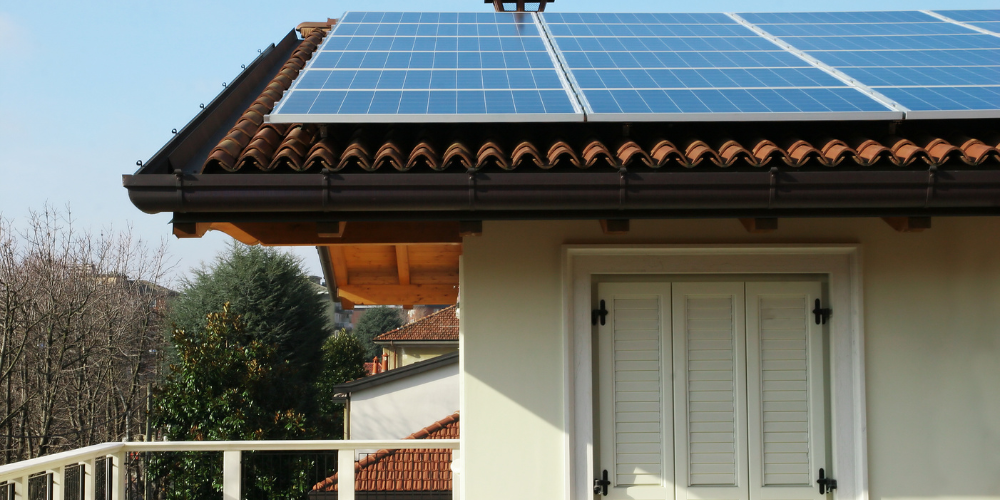The growing concern for the future of our planet has led various sectors to rethink their practices and adopt more sustainable solutions. In architecture and construction, the choice of sustainable building materials has emerged as one of the most effective ways to reduce the environmental impact of projects. In addition to contributing to the preservation of natural resources, sustainable materials offer numerous benefits to projects, such as increased durability, energy efficiency, and thermal comfort.
The construction industry is one of the major contributors to carbon emissions and excessive resource consumption. Therefore, adopting materials that have a lower environmental impact has become a priority for many professionals and consumers. Choosing sustainable materials not only helps reduce the ecological footprint of the project but also provides long-term advantages for both residents and property owners.

Among the most commonly used options are certified wood, eco-friendly concrete, ceramic or recycled plastic tiles, eco-friendly bricks, and solar energy systems. Each of these materials has unique benefits, ranging from responsible resource use to improving the energy performance of buildings.
Certified wood, for example, is one of the most sought-after alternatives for those seeking a sustainable construction. It comes from responsibly managed forests, ensuring its renewability and reducing ecosystem destruction. Furthermore, wood is a material that, during its growth, captures carbon from the atmosphere, helping to mitigate greenhouse gas emissions.
Another material that has gained attention is eco-friendly concrete. Traditionally, concrete is one of the largest sources of CO2 emissions, but eco-friendly concrete seeks to minimize this impact by using recycled aggregates or materials such as fly ash and blast furnace slag. This approach contributes to reducing the consumption of natural resources and the emissions of carbon during the material’s production.
Ceramic tiles or tiles made from recycled plastic are also excellent options for those looking for a sustainable project. In addition to being durable and efficient for thermal control, they offer high fire resistance and are a great solution for various climates. Ceramic tiles, for instance, help maintain stable indoor temperatures, reducing the need for heating and cooling systems.

Eco-friendly bricks, which can be made from compressed earth or recycled waste, are also an interesting alternative. They are efficient in thermal and acoustic insulation, improving the comfort of spaces and reducing the need for other systems to control temperature and sound. Moreover, their production has a low environmental impact, making them an affordable and accessible option for many construction projects.
Finally, the installation of solar energy systems, although not considered a traditional “building material,” has become essential in sustainable projects. Solar panels generate clean, renewable energy, helping to reduce reliance on non-renewable sources and cut electricity costs over time.

Adopting sustainable materials is not just an environmentally responsible choice but also a strategic decision that can bring numerous benefits. Sustainable projects, in addition to contributing to environmental preservation, tend to be more efficient, with lower operational costs and higher market value. Properties that use ecological solutions have become increasingly desirable, reflecting a trend towards more conscious construction in the real estate market.
In summary, by choosing sustainable building materials, it is possible to create projects with low environmental impact while improving the comfort, efficiency, and longevity of spaces. Opting for eco-friendly alternatives is a crucial step for anyone looking to contribute to a more balanced and healthy future for all.